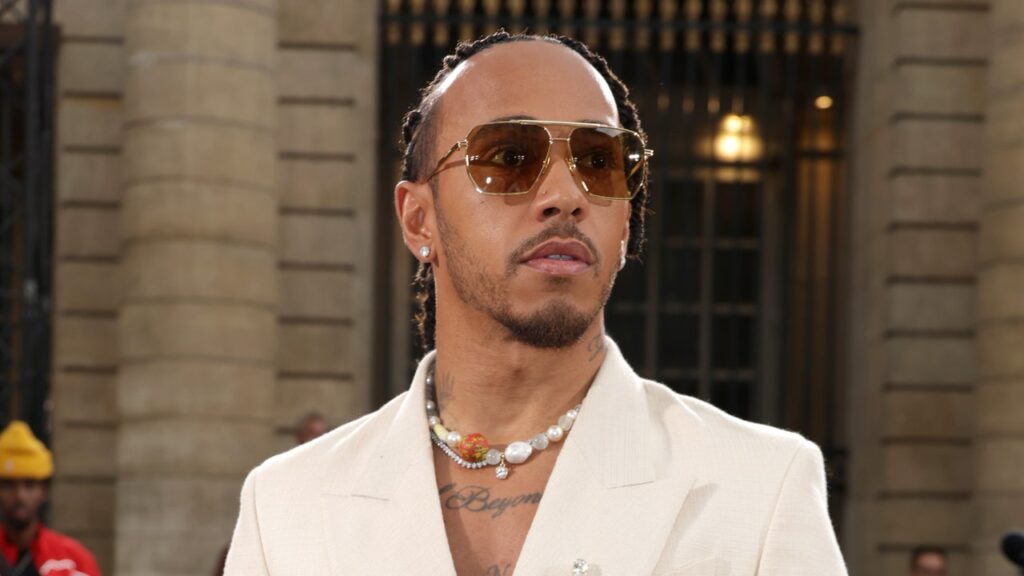Understanding Black Dandism: A Fashion Revolution
The tailored suit’s sharp creases, the striking sparkle of polished leather shoes, and the elegant swish of a silk pocket square are not merely sartorial choices; they represent a powerful declaration within the context of Black Dandism. This movement aims to reclaim spaces that have historically sought to define and confine black identity.
Defining Black Dandism
More than just a fashion statement, Black Dandism is a multifaceted cultural movement intertwined with themes of resistance and pride. It serves as a dynamic expression of identity that transcends mere aesthetics, blending personal style with a broader social commentary.
A Glimpse into Dandism
Historically, dandism has been described as a distinctive style. The original dandies, epitomized by figures like Beau Brummell in the 18th century, focused on the art of personal presentation. Brummell famously stated, “Don’t talk about your clothes, let your clothes talk.” He altered the fashion landscape by emphasizing sharp tailoring over ostentation, reflecting a nuanced form of self-expression that defied societal norms.
In the context of Black Dandism, this rebellion takes on a heightened significance. The movement challenges the rigid confines of race and class, transforming the dandy into a symbol of defiance against the marginalization of black individuals.
Historical Context of Black Dandism
The roots of this unique form of dandism can be traced to the intricate interactions between black culture and European fashion history. Its emergence was particularly pronounced during the Harlem Renaissance in the 1920s, a period marked by significant contributions from influential figures such as Langston Hughes, Josephine Baker, and Zora Neale Hurston. These artists not only advanced literary and artistic boundaries but also effectively revolutionized the fashion narrative within black culture.
The Cultural Impact of Black Dandism
The significance of Black Dandism continues to gain traction, especially in cultural spheres like the fashion industry. As highlighted by the 2025 MET GALA theme, “Superfine: Tailoring Black Style,” there is a growing recognition of how black culture has profoundly influenced contemporary fashion. This not only celebrates historical contributions but also reinforces the relevance of Black Dandism as a form of cultural resistance and celebration of identity.
In conclusion, Black Dandism stands as a testament to the power of style as a form of self-expression, identity, and resistance. It challenges preconceptions while celebrating individuality within the context of a rich historical narrative.


